Navigating the skincare aisle can feel overwhelming, especially when faced with ingredient lists that look more like a science experiment. But understanding these labels is your ticket to healthier, more radiant skin. In this guide, we’ll break down how to read skincare ingredient lists, what to look for, and what to avoid—making it easier to find the right products for your unique skin needs.
Why Reading Skincare Labels Matters
Your skin is your largest organ, and what you put on it matters. Misinterpreting or ignoring skincare labels can lead to:
- Allergic reactions due to hidden irritants.
- Ineffective results from products without the right active ingredients.
- Unnecessary exposure to harmful or harsh chemicals.
By learning to decode skincare labels, you can avoid these issues and make informed choices.
How to Read a Skincare Label
1. Ingredients Listed by Concentration
The first five ingredients make up the bulk of the product’s formula. They’re listed in descending order by weight, so focus on these for insight into the product’s primary function (Lionetti & Rigano, 2018).
2. Active Ingredients vs. Inactive Ingredients
- Active ingredients: These target specific skin concerns, such as retinol for anti-aging or salicylic acid for acne.
- Inactive ingredients: These support the product’s texture, stability, or preservation, like emulsifiers or preservatives.
3. Know the INCI Format
Most labels follow the International Nomenclature of Cosmetic Ingredients (INCI) system. This ensures consistency, but it can make some ingredients (e.g., “tocopherol” for vitamin E) sound more intimidating than they are.
What to Look For
Hydrating Ingredients
- Hyaluronic Acid: A humectant that draws moisture into the skin.
- Glycerin: An effective hydrator found in many moisturizers.
Soothing Ingredients
- Aloe Vera: Known for its anti-inflammatory and calming properties.
- Rejuvaskin Skin Recovery Cream: A gentle, fragrance-free option ideal for irritated or sensitive skin.
Anti-Aging Ingredients
- Retinol: Helps improve skin texture and reduce fine lines.
- Vitamin C: Brightens and protects against free radical damage.
What to Avoid
1. Harsh Preservatives
Parabens and formaldehyde-releasing preservatives may cause irritation or long-term effects.
2. Fragrance and Dyes
These are common irritants, especially for sensitive skin. Look for fragrance-free options like Rejuvaskin’s gentle skincare solutions (Desmedt et al., 2015).
3. Alcohols
Some alcohols, like denatured alcohol, can strip the skin of its natural oils. However, fatty alcohols like cetyl alcohol are safe and hydrating.
Tips for Decoding Labels Like a Pro
- Use Online Tools: Websites like the INCI Decoder or SkinSAFE can help you understand ingredient safety (Comstock & Reeder, 2020).
- Identify Your Skin Type: Knowing whether you have oily, dry, or sensitive skin will help you choose ingredients tailored to your needs.
- Spot the Marketing Hype: Terms like “natural” and “organic” are not always regulated. Check for certifications and ingredient lists to verify claims (Urban et al., 2022).
Why Choose Rejuvaskin Products?
Rejuvaskin’s products are designed to be gentle, effective, and transparent. With hydrating, soothing, and fragrance-free options, they’re ideal for anyone looking to simplify their routine while delivering results. The Skin Recovery Cream is perfect for sensitive skin, helping to calm irritation and support barrier repair.
Decoding skincare labels doesn’t have to be daunting. By focusing on key ingredients, avoiding irritants, and choosing trusted products like Rejuvaskin, you can create a skincare routine that’s safe and effective. Your skin deserves thoughtful care—and now you have the tools to provide it.
Works Cited
- Comstock, J. R., & Reeder, M. (2020). Accuracy of product ingredient labeling: Comparing drugstore products with online databases and online retailers. Dermatitis. Link
- Desmedt, B., Canfyn, M., & Pype, M. (2015). HS-GC-MS method for the analysis of fragrance allergens in complex cosmetic matrices. Talanta. Link
- Lionetti, N., & Rigano, L. (2018). Labeling of cosmetic products. Cosmetics. Link
- Urban, K., Giesey, R., & Delost, G. (2022). A guide to informed skincare: The meaning of clean, natural, organic, vegan, and cruelty-free. Journal of Drugs in Dermatology. Link
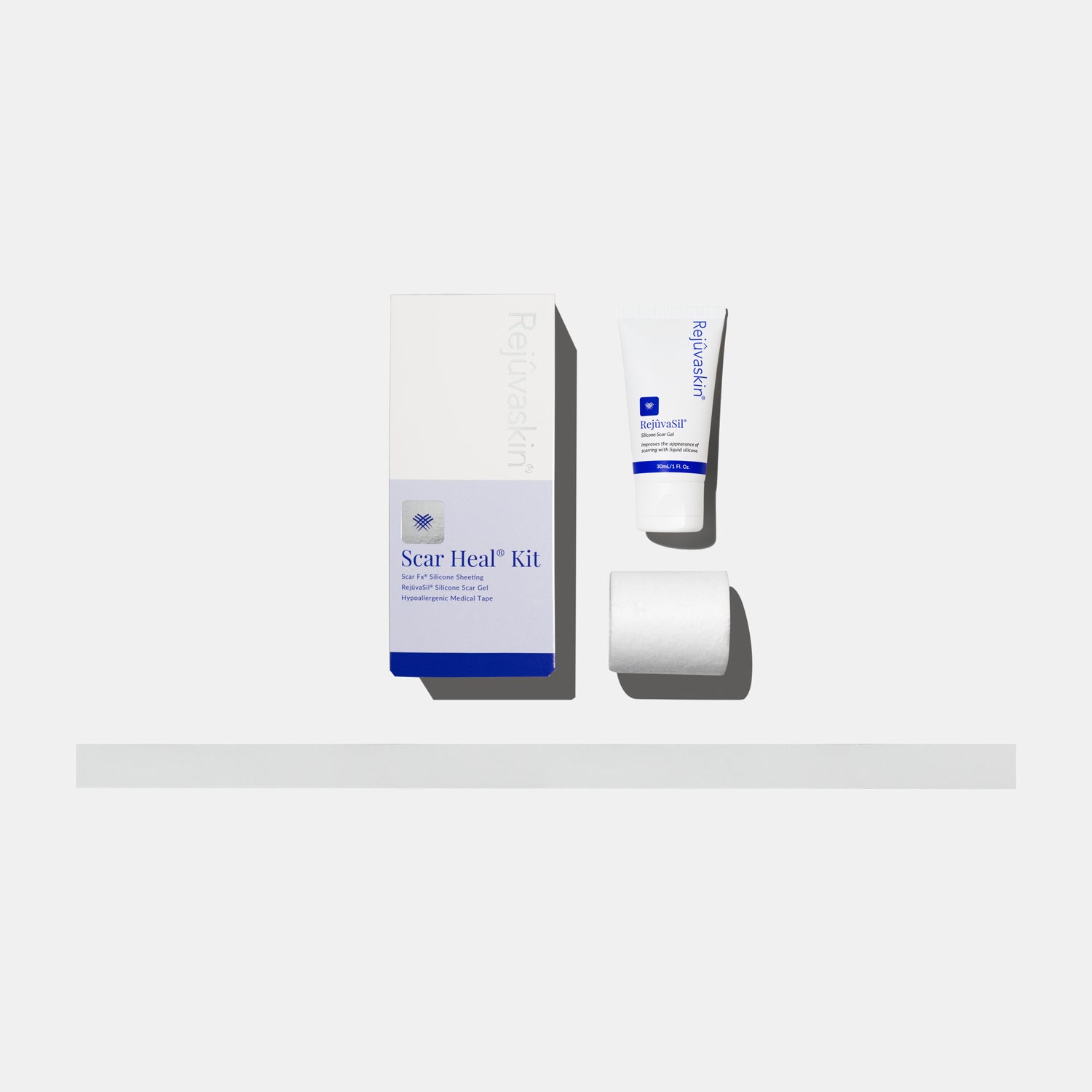


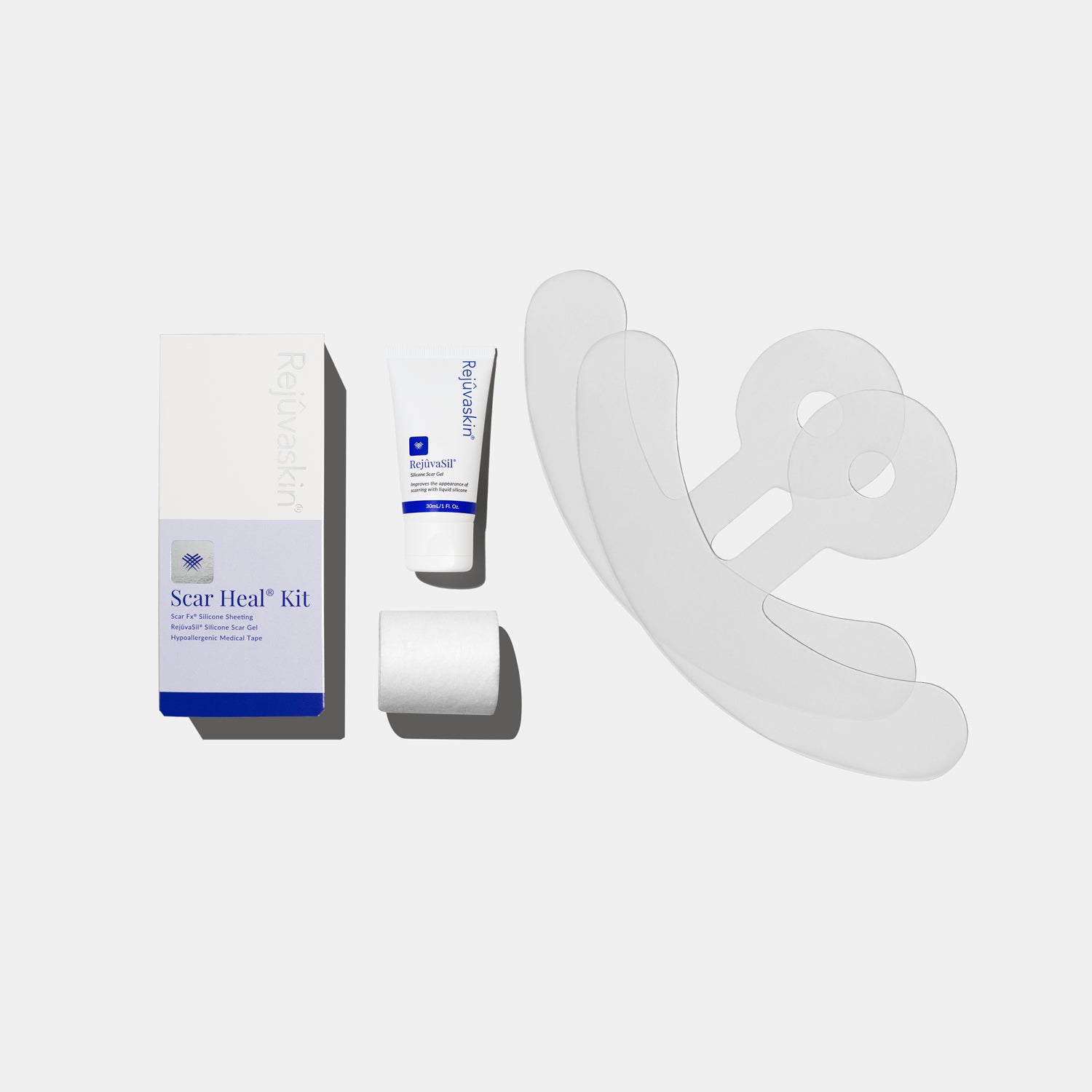
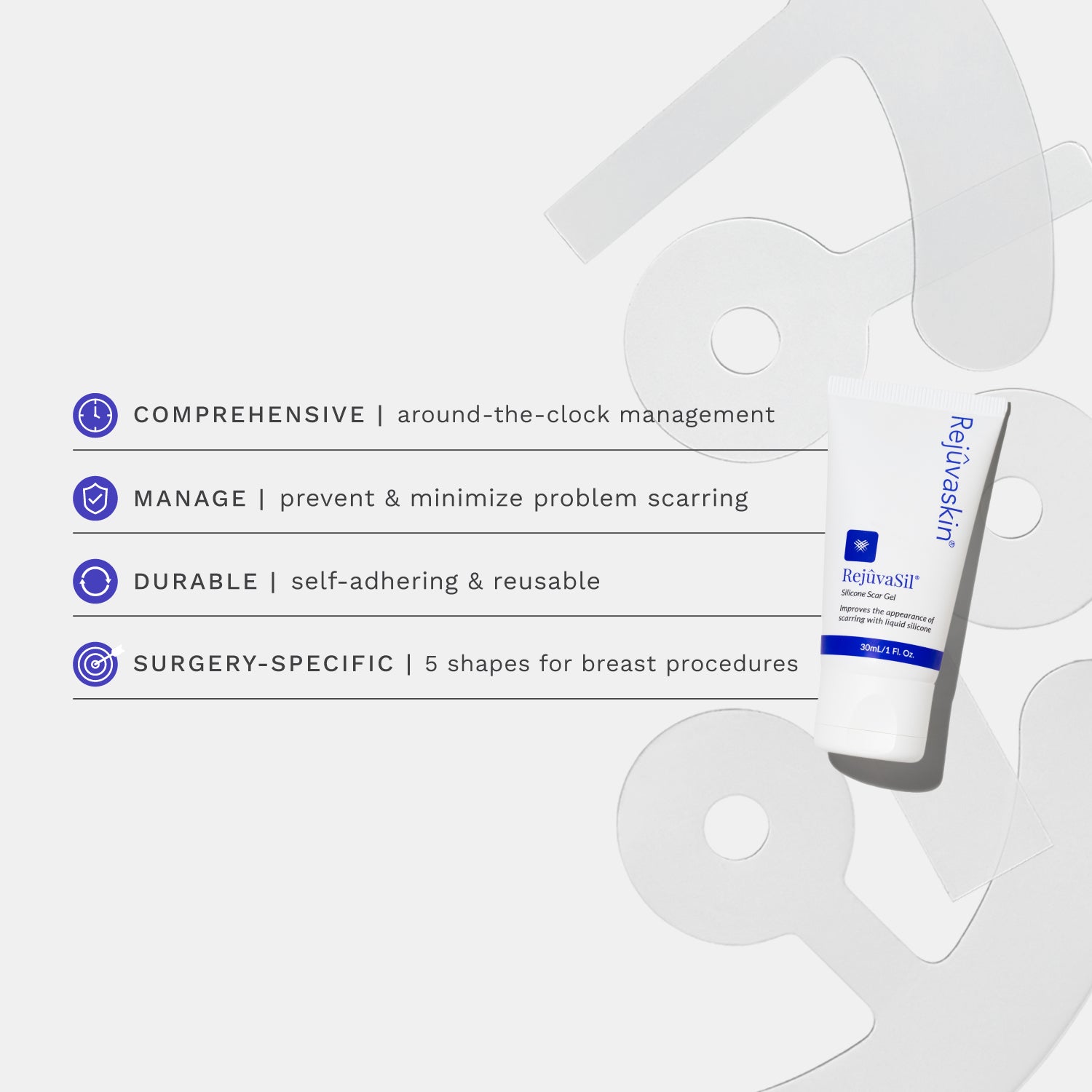
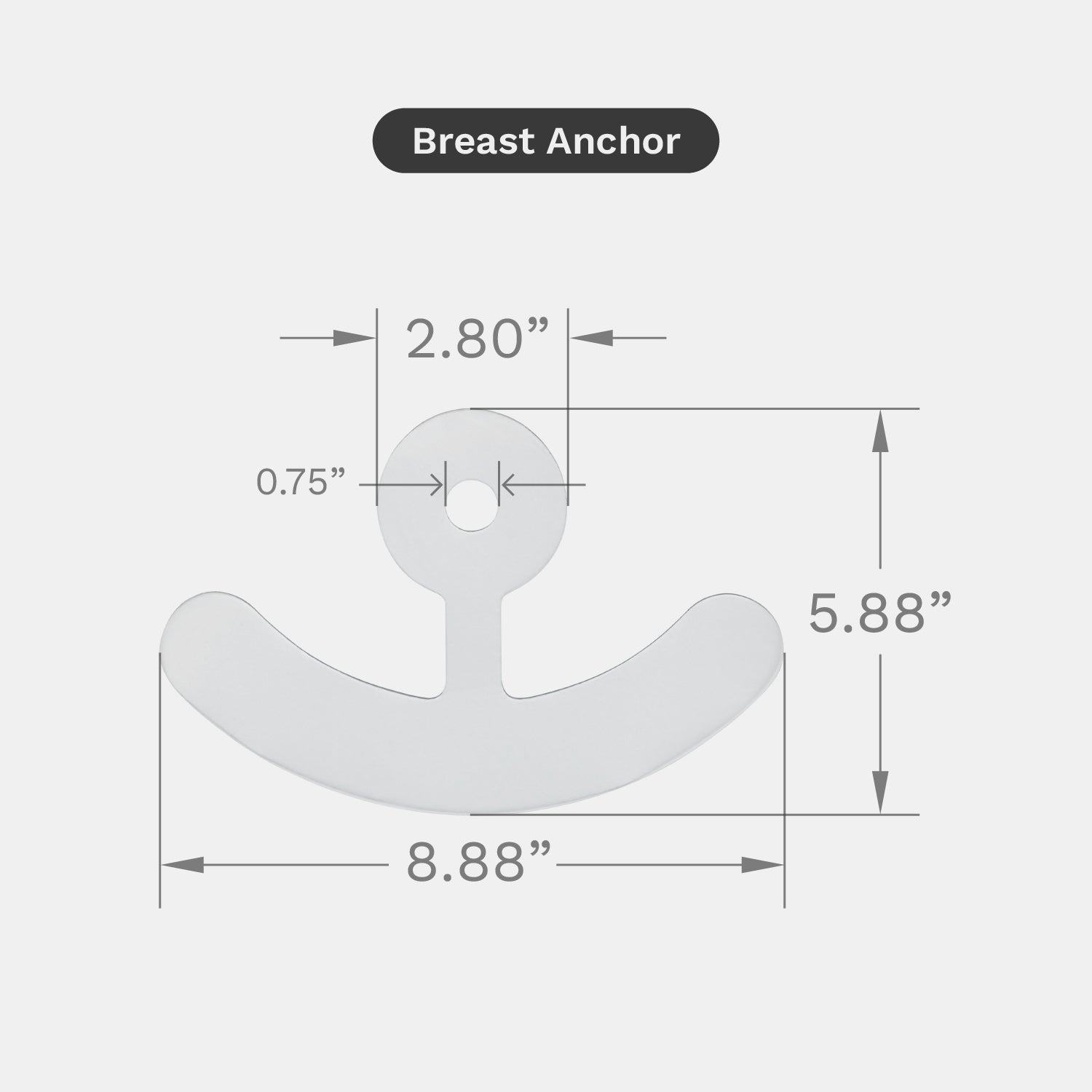
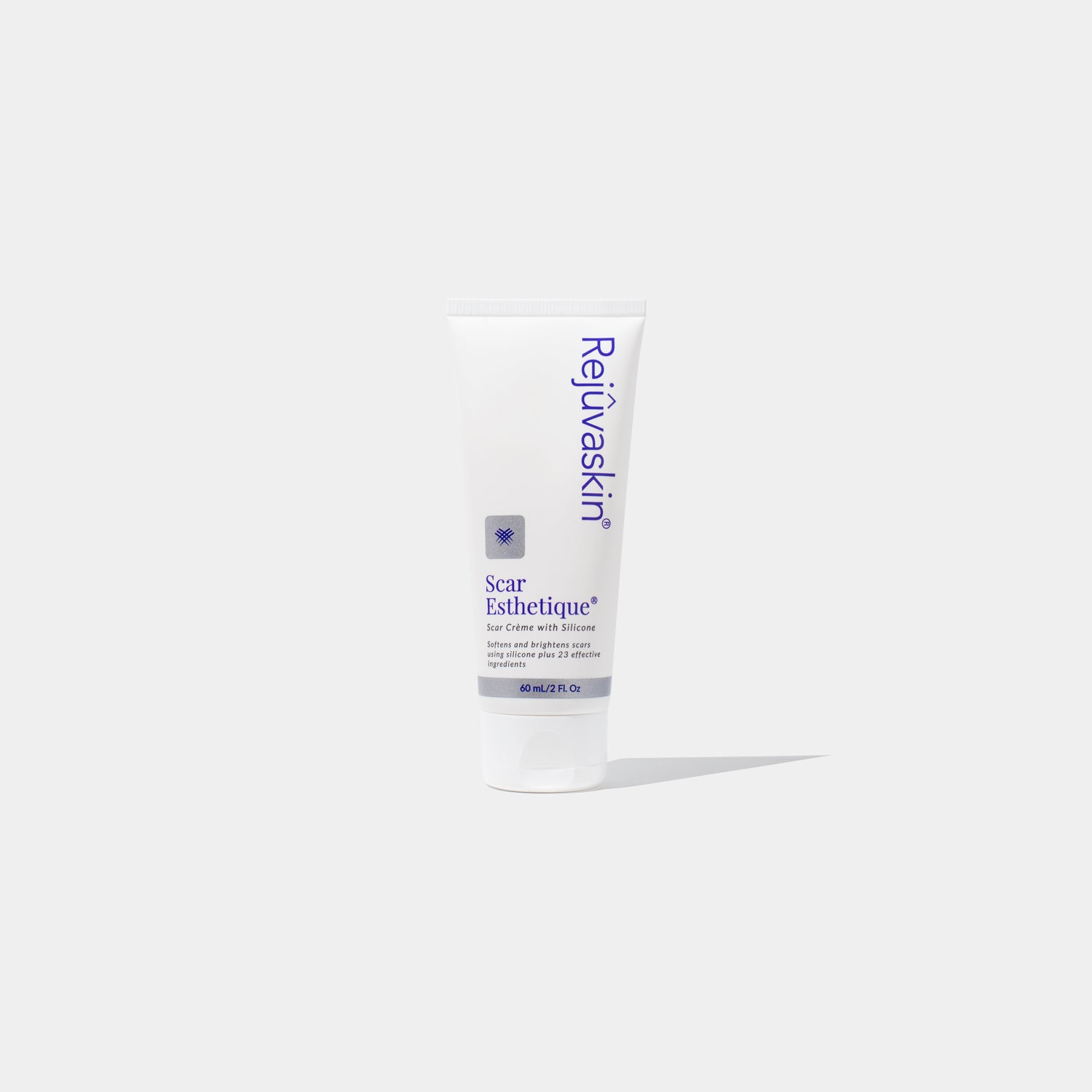
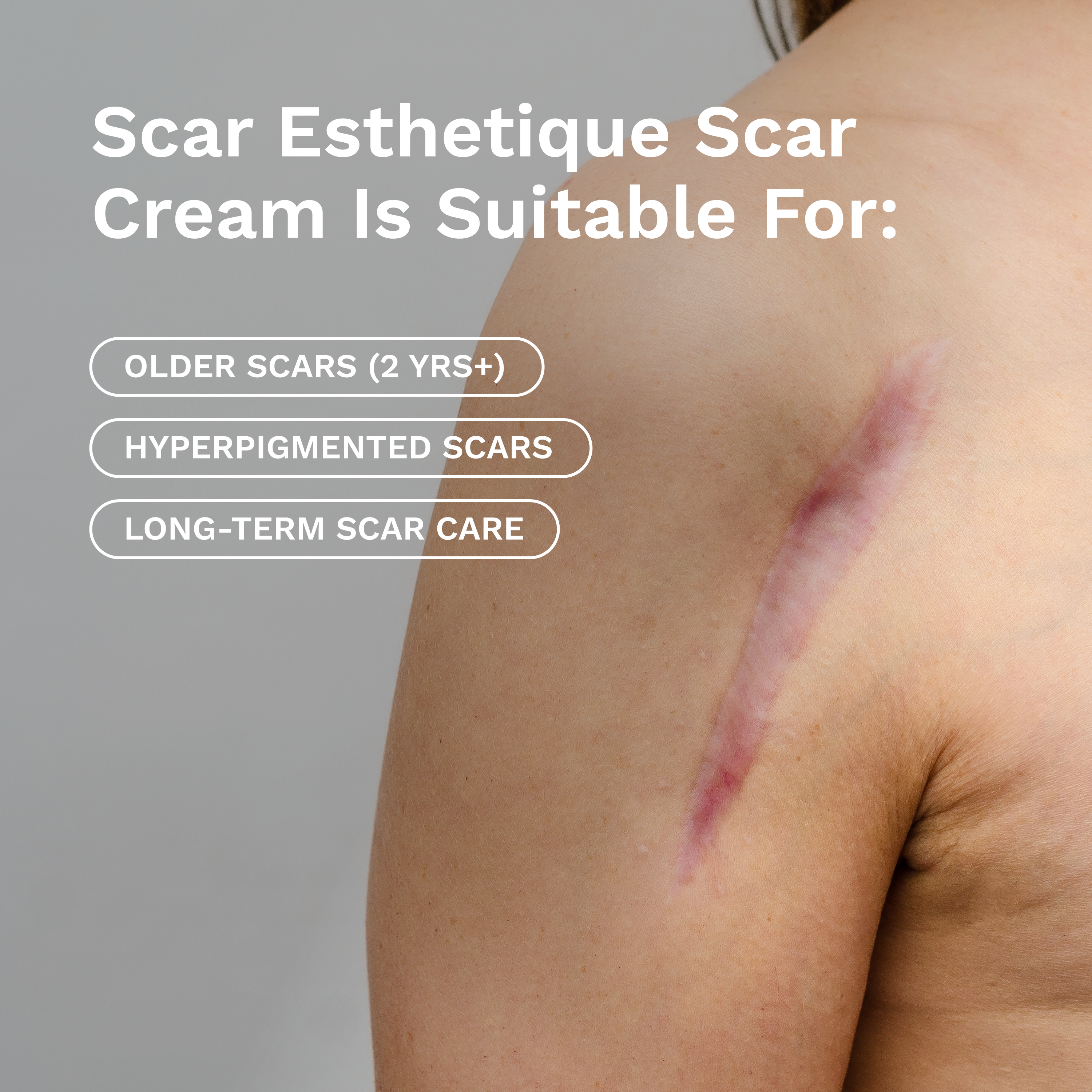








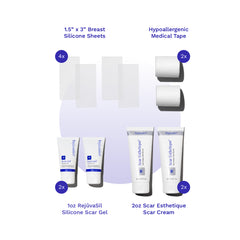
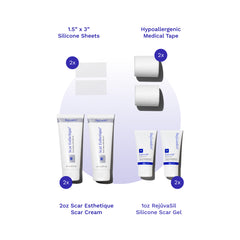

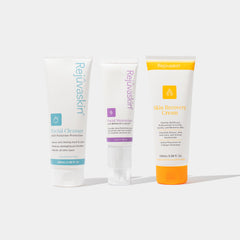

Leave a comment